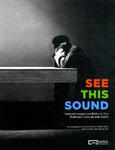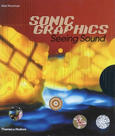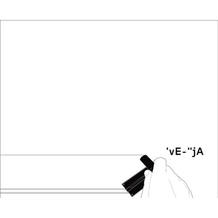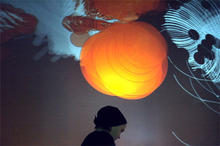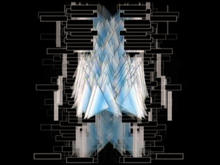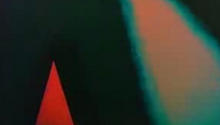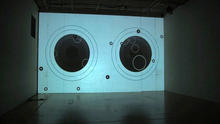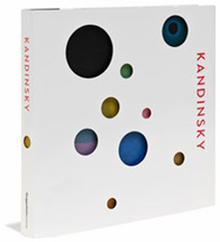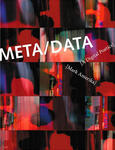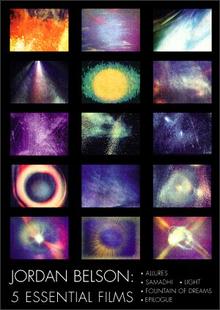Parallel to a sound oscillating between bongo sounds, electronics, rich sonic associations and atmospheric piano/cello sounds, the computer-programmed video features arabesque-like shapes and simple graphic elements that arise against a cosmic, black and red background, multiply and vanish again.
Formally, the video brings to mind the seeing-sound film s and experiments by Mary Ellen Bute or John Whitney, Sr. and James Whitney. Like these, Construction 76 also tries to translate sound into abstract forms. LIA’s works go beyond purely experimental aspects, however; her live performances create environments whose system of references can be easily found in contemporary VJ culture.
(Text: IG. Catalogue text: See this Sound exhibition)
Source: Lia
